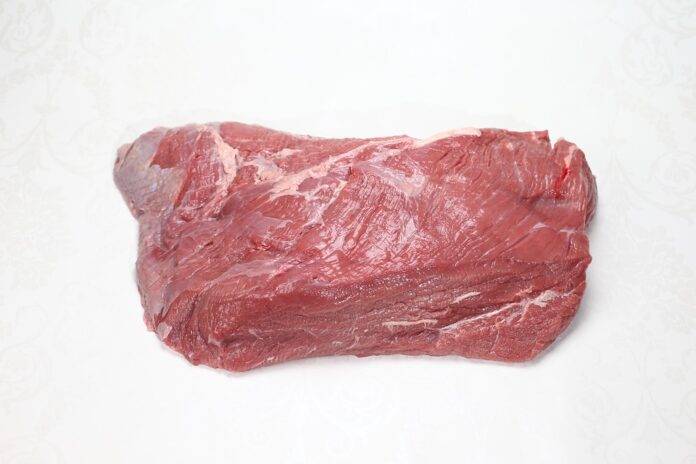Introduction
The meat industry is a significant sector of the global economy, providing food products to consumers around the world. As we look ahead to the next decade, there are several key trends and predictions that are likely to shape the future of the meat industry. In this report, we will explore the top 10 predictions for the meat industry in the next decade, including changes in consumer preferences, technological advancements, and environmental sustainability.
1. Rise of Plant-Based Meat Alternatives
One of the most significant trends in the meat industry over the past few years has been the rise of plant-based meat alternatives. Companies like Beyond Meat and Impossible Foods have gained popularity with consumers looking for more sustainable and ethical protein options. In the next decade, we can expect to see even more innovation in this space, with new plant-based products hitting the market and gaining mainstream acceptance.
2. Increased Focus on Sustainability
Consumers are becoming more conscious of the environmental impact of their food choices, and this trend is likely to continue in the coming years. The meat industry will need to adapt to this shift by implementing more sustainable practices, such as reducing water usage, minimizing carbon emissions, and improving animal welfare standards.
3. Technological Advancements in Meat Production
Advancements in technology are revolutionizing the meat industry, from the use of robotics and automation in processing plants to the development of lab-grown meat. In the next decade, we can expect to see even more innovation in this area, with new technologies making meat production more efficient and sustainable.
4. Expansion of E-Commerce in Meat Retail
The rise of e-commerce has transformed the way consumers shop for groceries, and the meat industry is no exception. In the next decade, we can expect to see a significant expansion of e-commerce in the meat retail sector, with more consumers opting to purchase meat products online for convenience and variety.
5. Shift Towards Premium and Artisanal Meat Products
As consumers become more discerning about the quality of their food, we can expect to see a shift towards premium and artisanal meat products in the next decade. This trend is driven by a desire for higher quality, ethically sourced meats, and a willingness to pay a premium for products that meet these criteria.
6. Increasing Demand for Organic and Grass-Fed Meat
The demand for organic and grass-fed meat has been steadily increasing in recent years, as consumers seek out products that are free from antibiotics and hormones. In the next decade, we can expect this trend to continue, with more consumers opting for organic and grass-fed meat products for health and environmental reasons.
7. Growing Importance of Food Safety and Traceability
Food safety and traceability are top priorities for consumers, and the meat industry will need to prioritize these areas in the next decade. With increasing concerns about foodborne illnesses and food fraud, consumers are demanding more transparency in the meat supply chain, from farm to fork.
8. Impact of Climate Change on Meat Production
Climate change is having a significant impact on agriculture and food production, including the meat industry. In the next decade, we can expect to see the effects of climate change on meat production, with extreme weather events, water scarcity, and shifting growing seasons posing challenges for farmers and producers.
9. Globalization of the Meat Industry
The meat industry is increasingly globalized, with products moving across borders and continents to meet consumer demand. In the next decade, we can expect to see even more globalization in the meat industry, with companies expanding their reach to new markets and partnering with suppliers from around the world.
10. Regulatory Changes and Government Policies
Government regulations and policies play a significant role in shaping the meat industry, from food safety standards to trade agreements. In the next decade, we can expect to see new regulatory changes and government policies that will impact the meat industry, including efforts to reduce carbon emissions, improve animal welfare, and promote sustainable agriculture practices.
In conclusion, the meat industry is poised for significant change in the next decade, driven by shifting consumer preferences, technological advancements, and a growing focus on sustainability. Companies in the meat industry will need to adapt to these trends in order to remain competitive and meet the evolving needs of consumers. By staying ahead of these predictions and embracing innovation, the meat industry can continue to thrive in the years to come.




